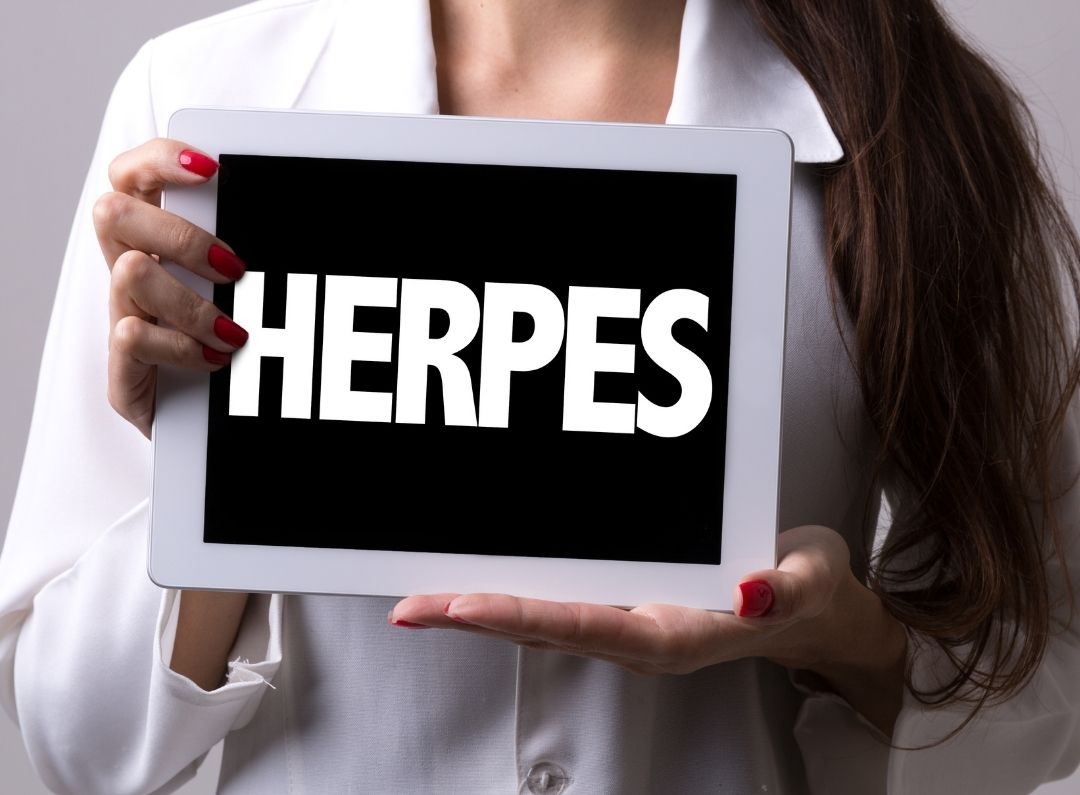Sexually transmitted diseases are not transmitted solely through sexual contact.
Sexually transmitted diseases are infections that are transmitted sexually in most cases, or in rarer cases through blood or from mother to the child. Sexually transmitted diseases can be caused by viruses, bacteria, parasites, or a fungal infection. They most commonly affect the reproductive system and the skin, but they can also affect other organ systems. For this reason, it is necessary to treat infections in time, before they turn into more serious conditions with permanent consequences. In addition to preserving one’s own health, it is necessary to treat infections in order to prevent the spread of the disease.
Clinical examination and diagnostics include:
- Examination of the anogenital region
- Diagnosis and treatment of diseases caused by viruses (HPV, Herpes Simplex Virus)
- Diagnosis and treatment of diseases caused by bacteria (Chlamydia trachomatis, Ureaplasma urealyticum, Mycoplasma hominis, Neisseria gonorrhoeae, Treponema pallidum)
- Parasites and fungi






